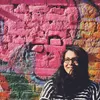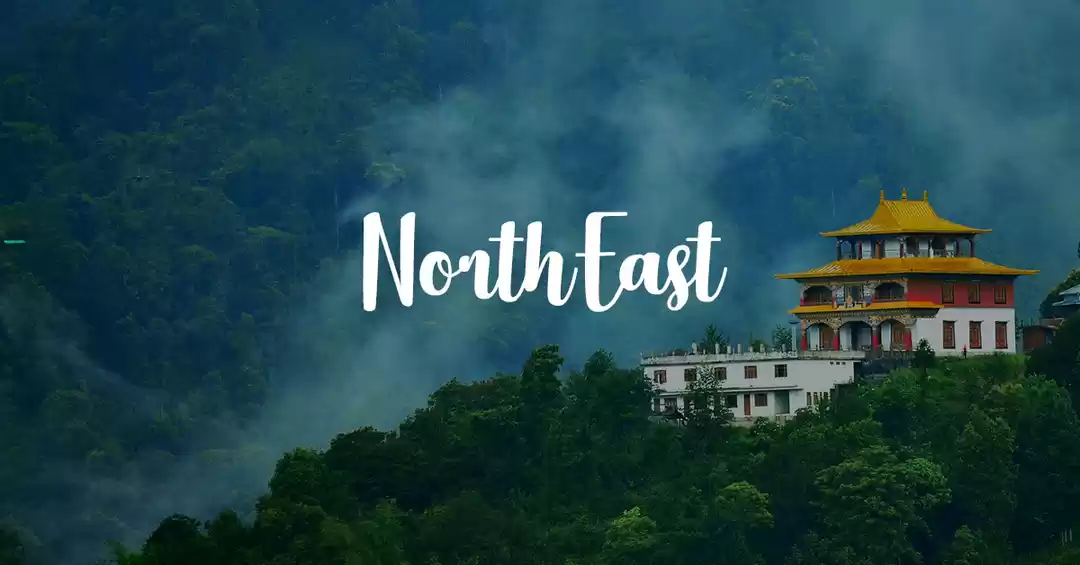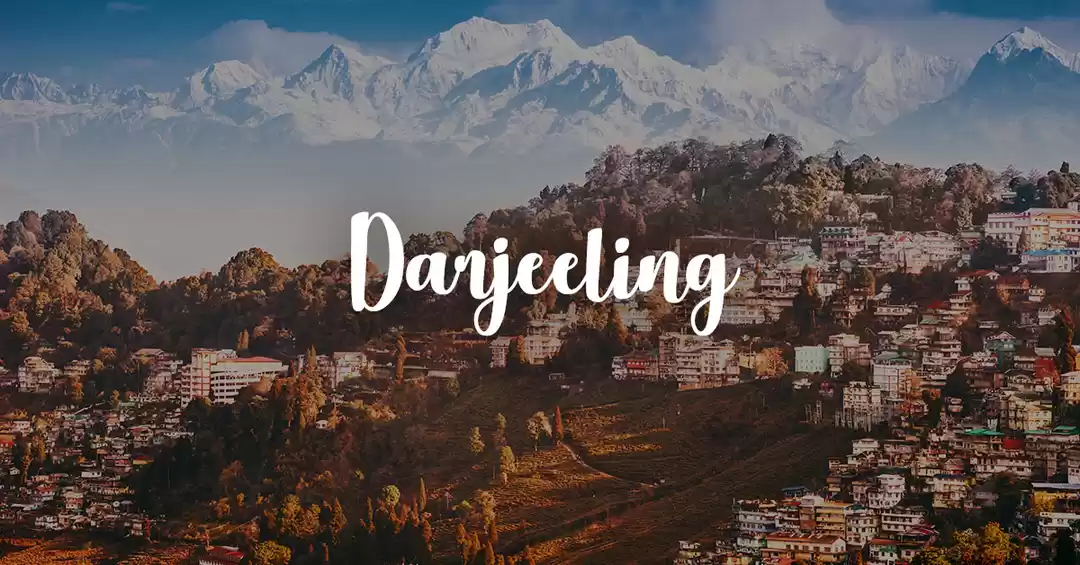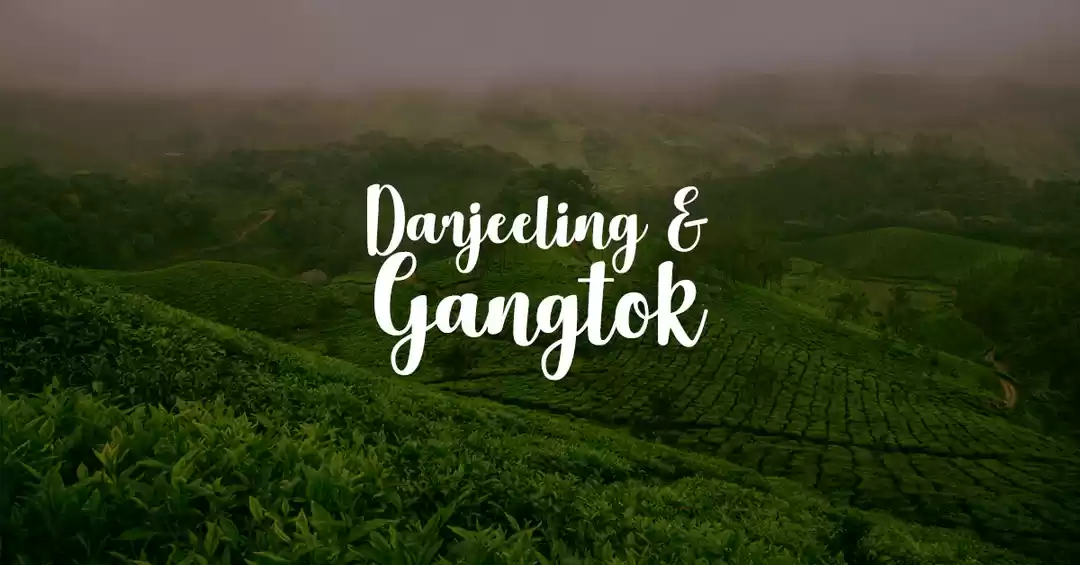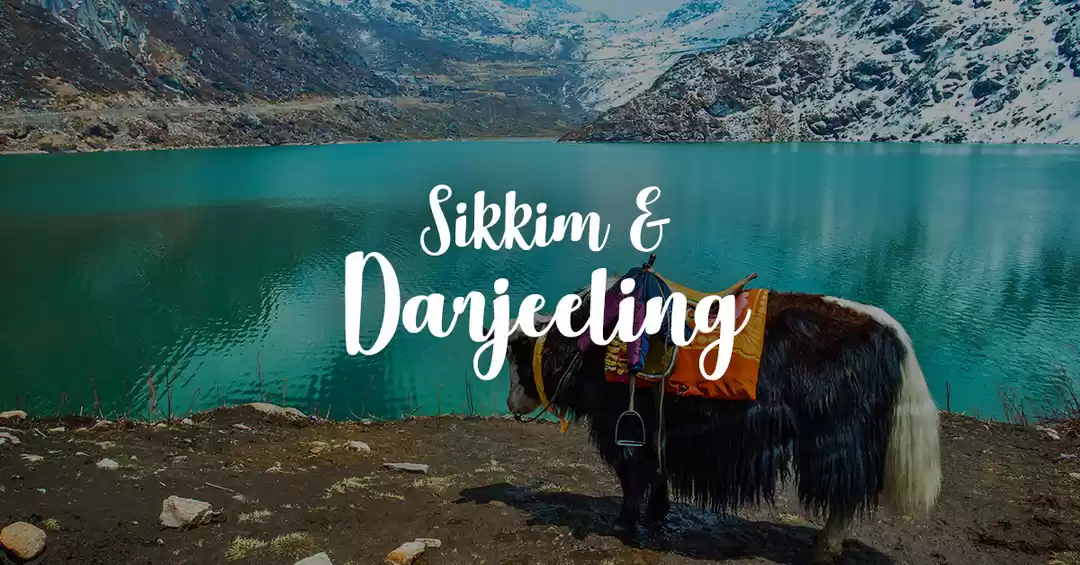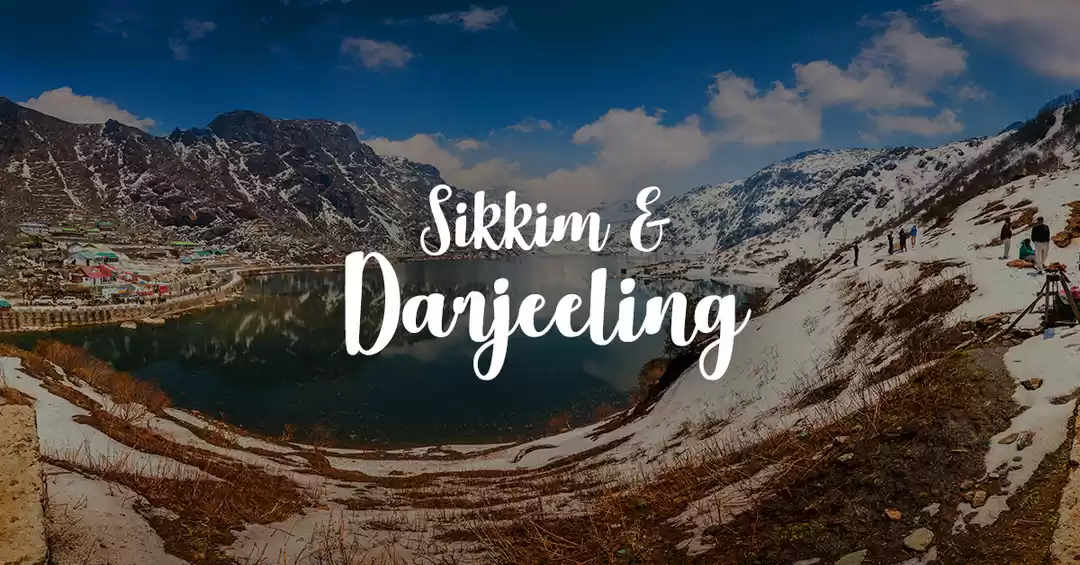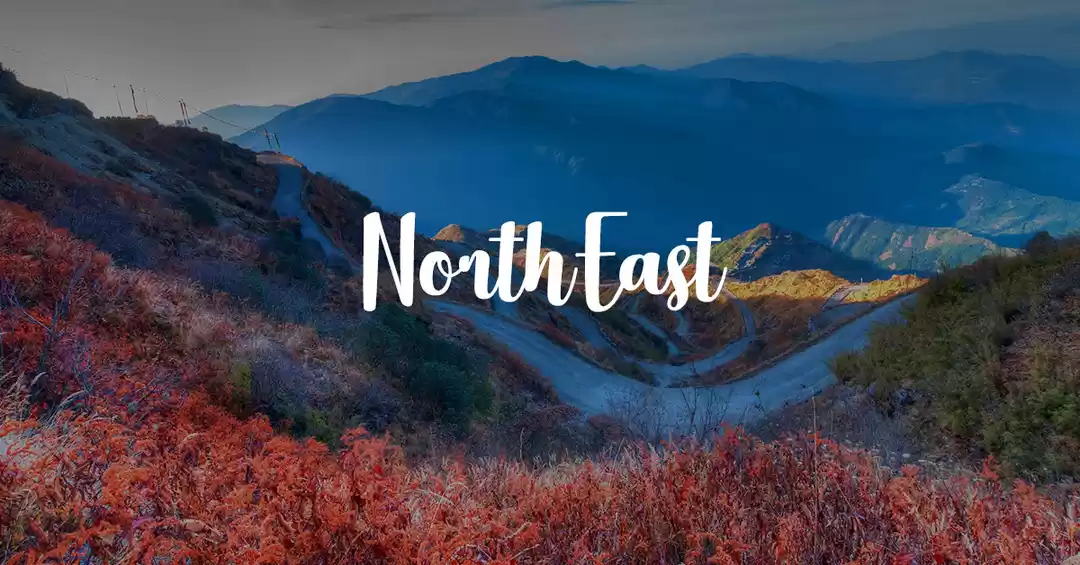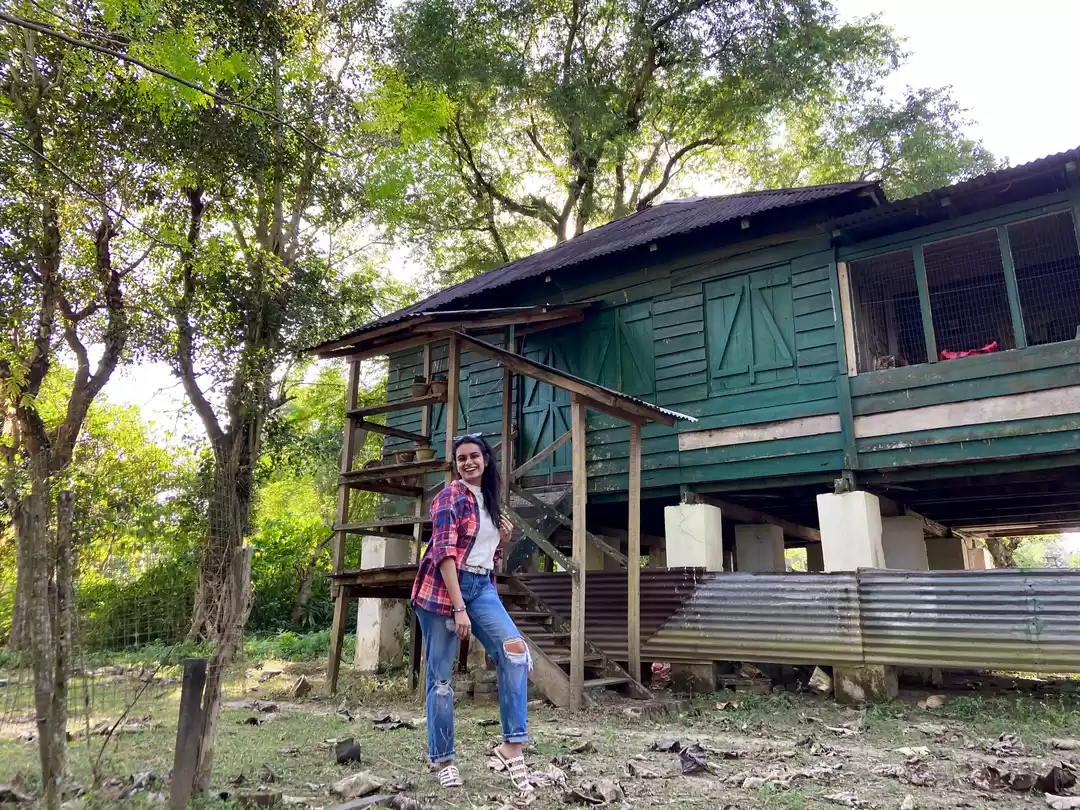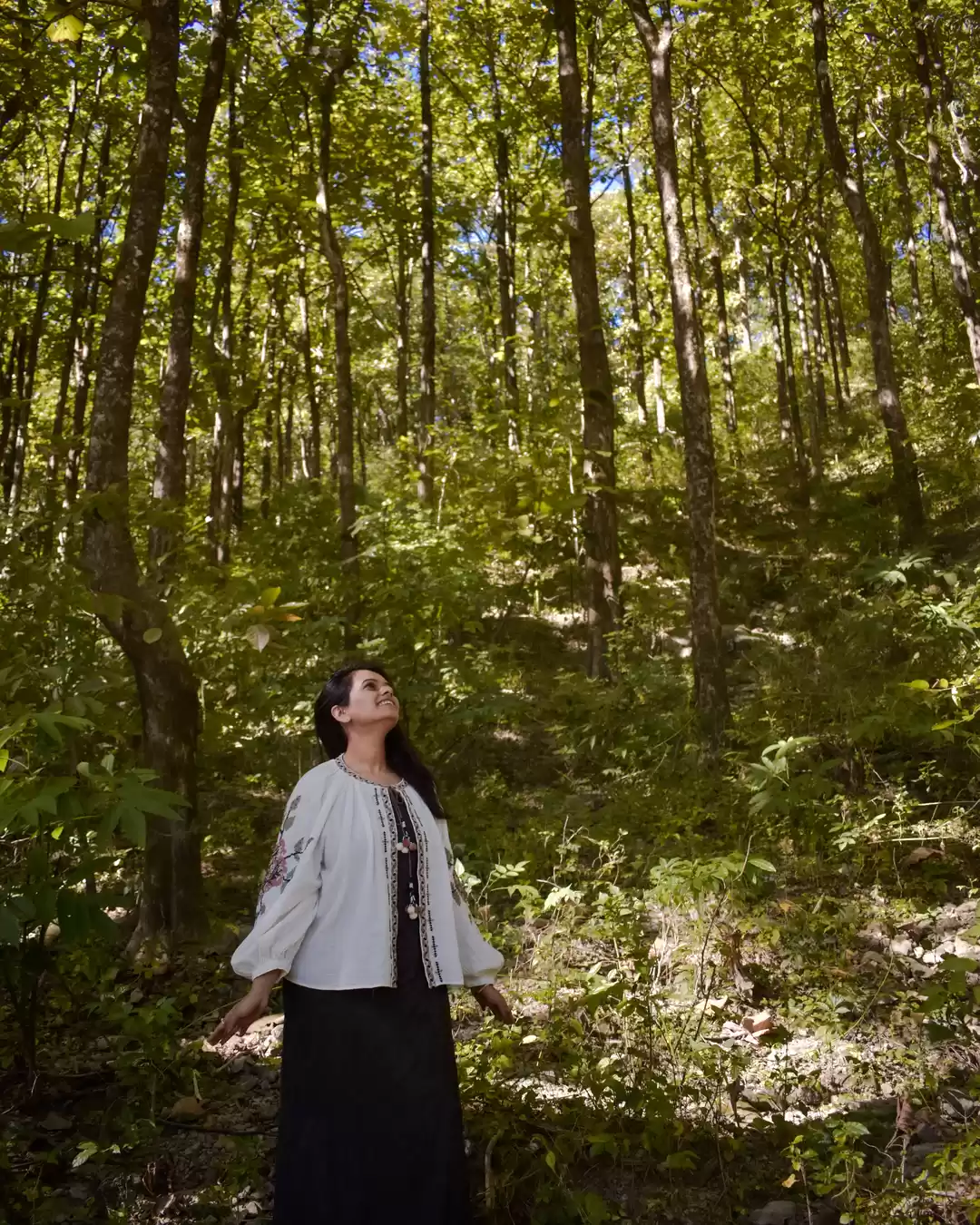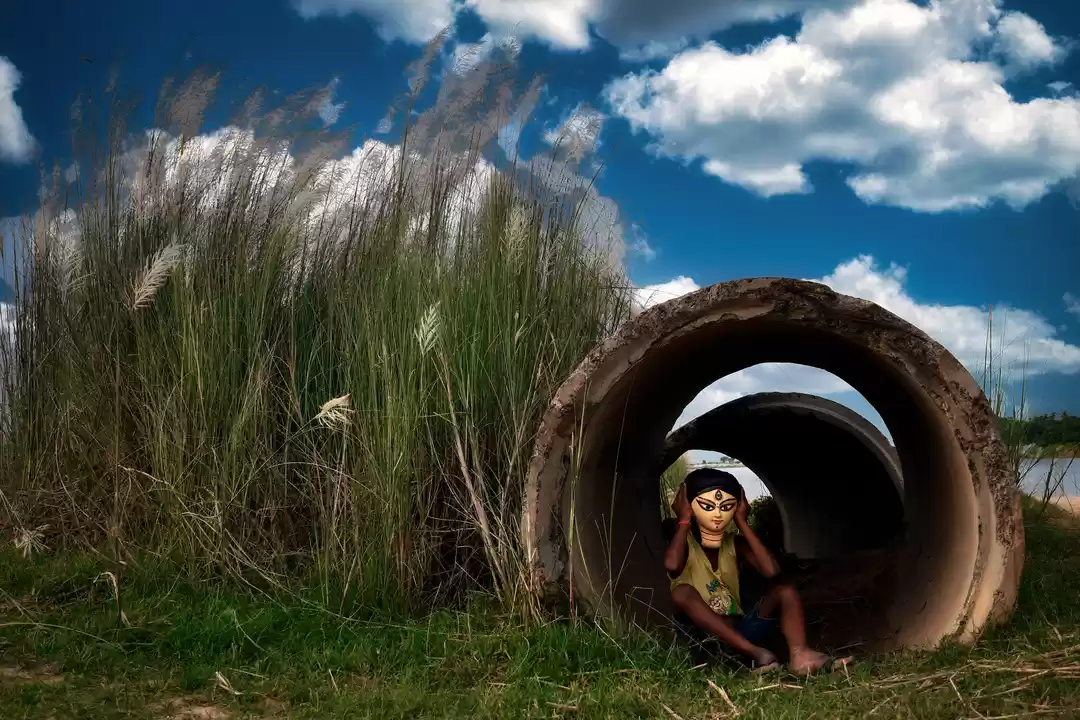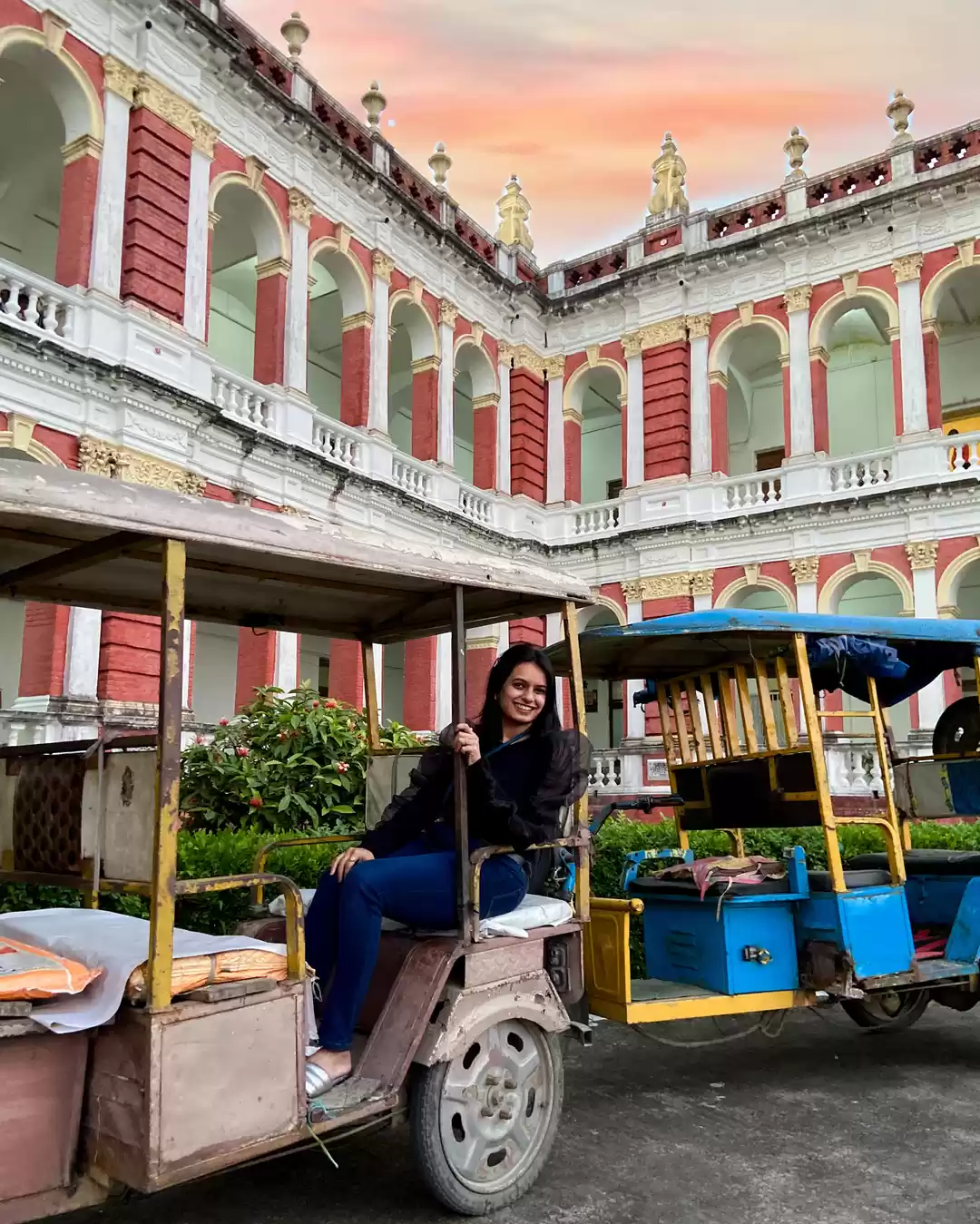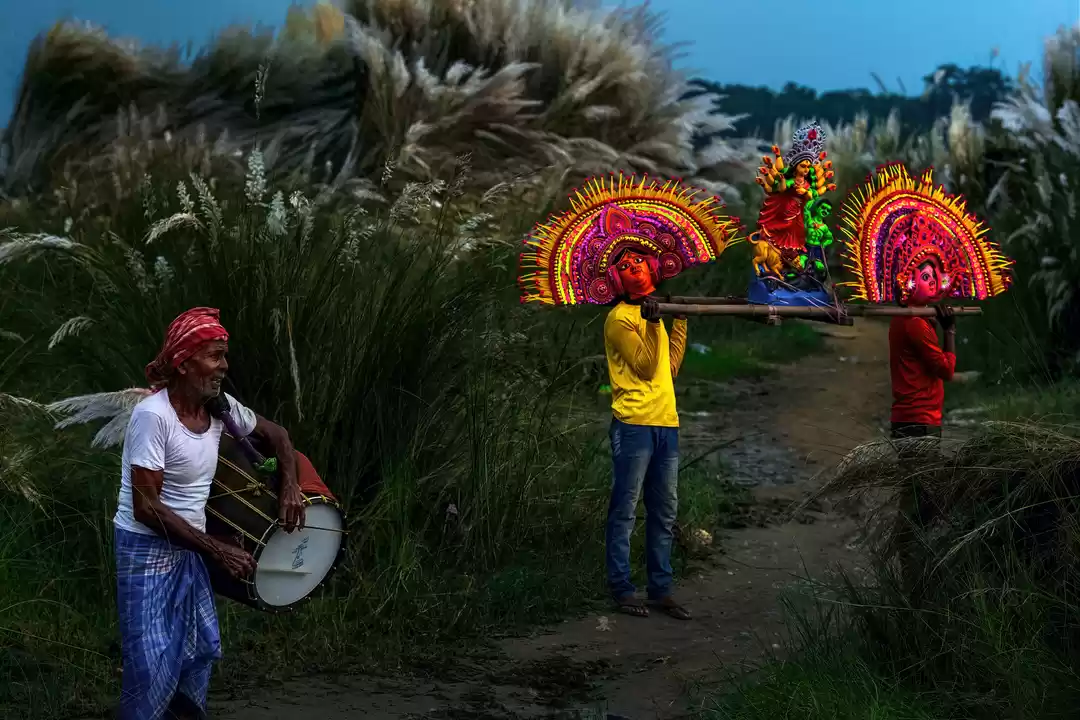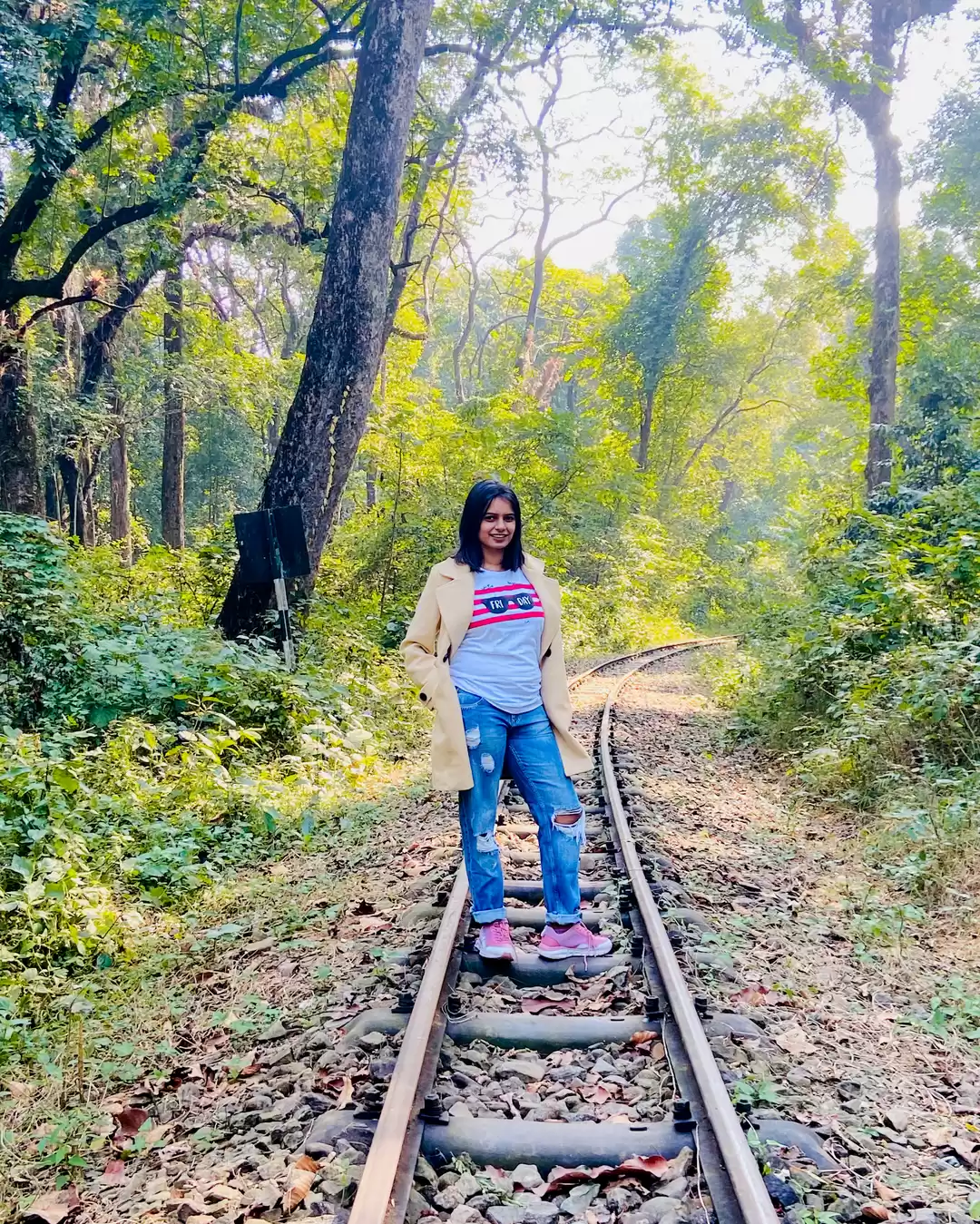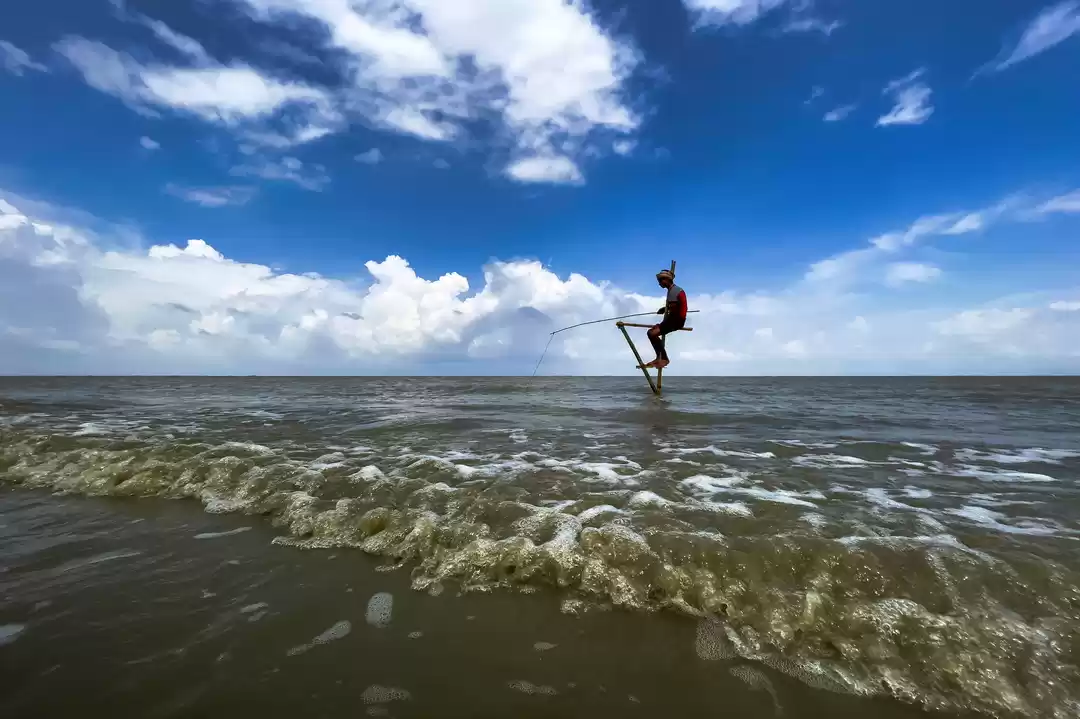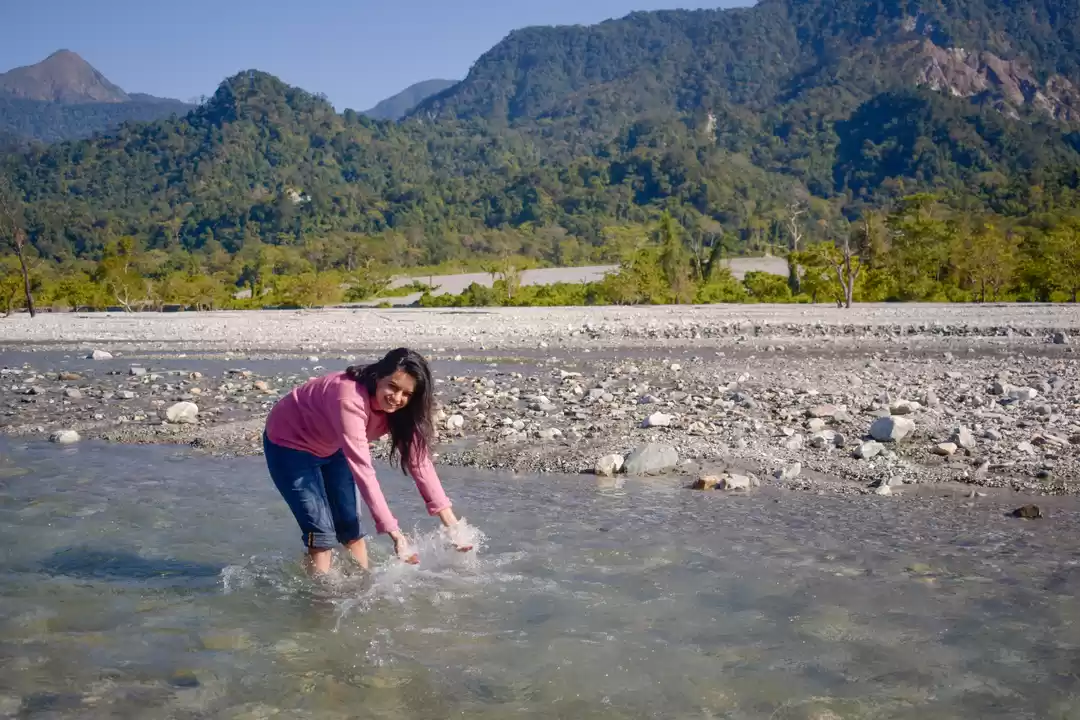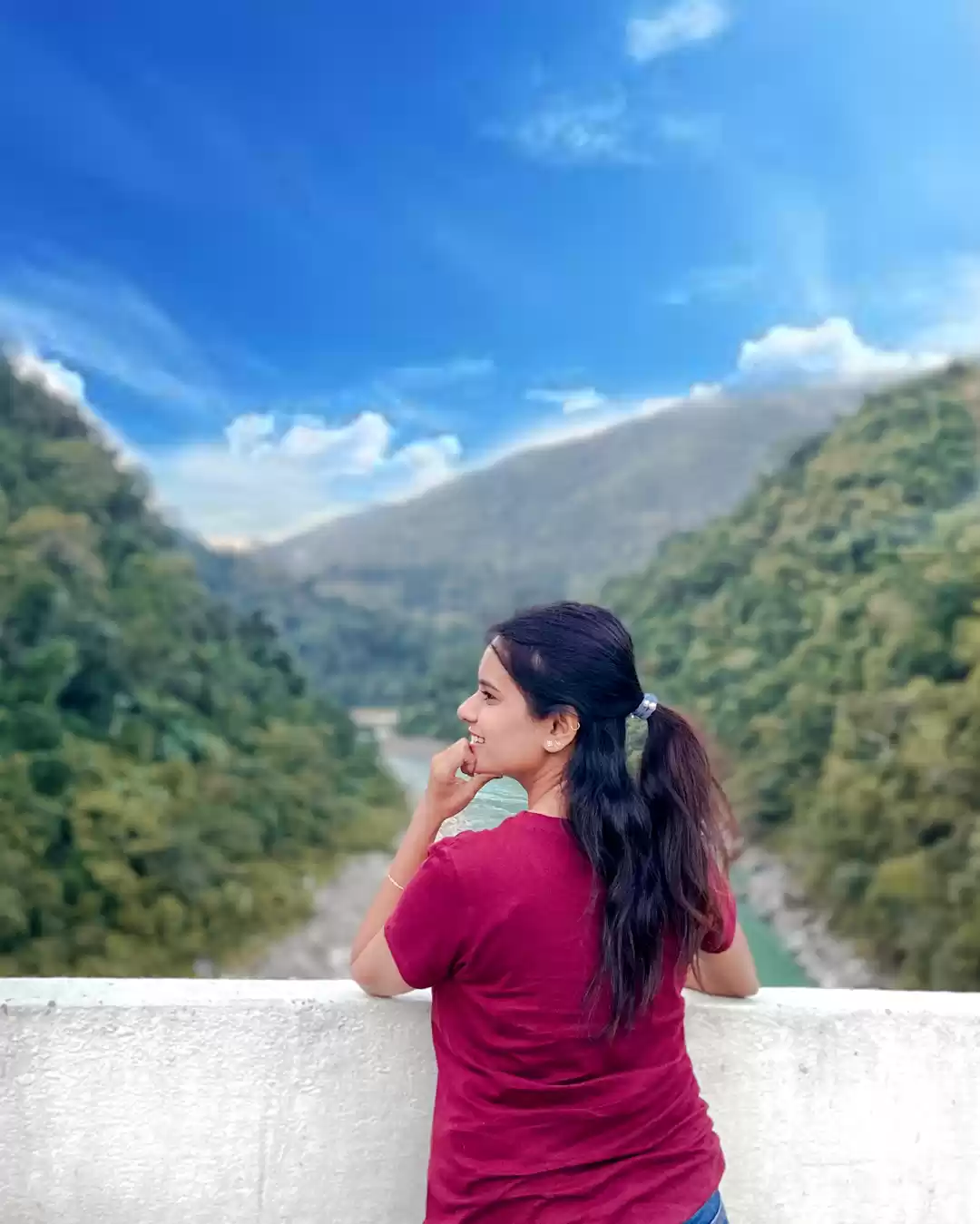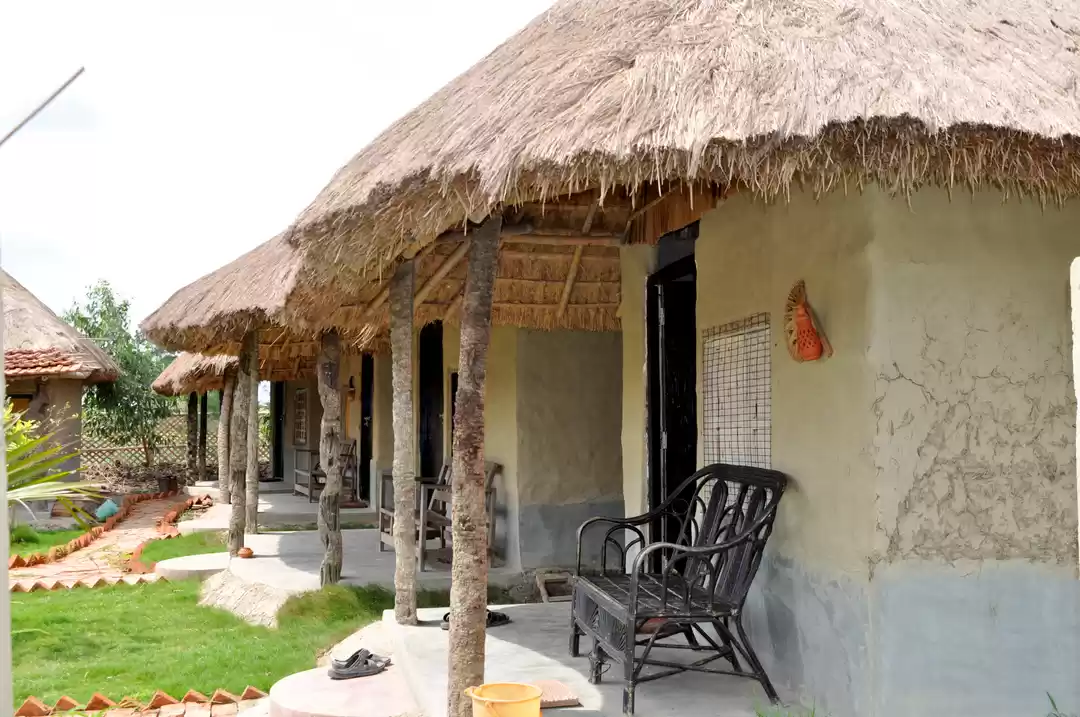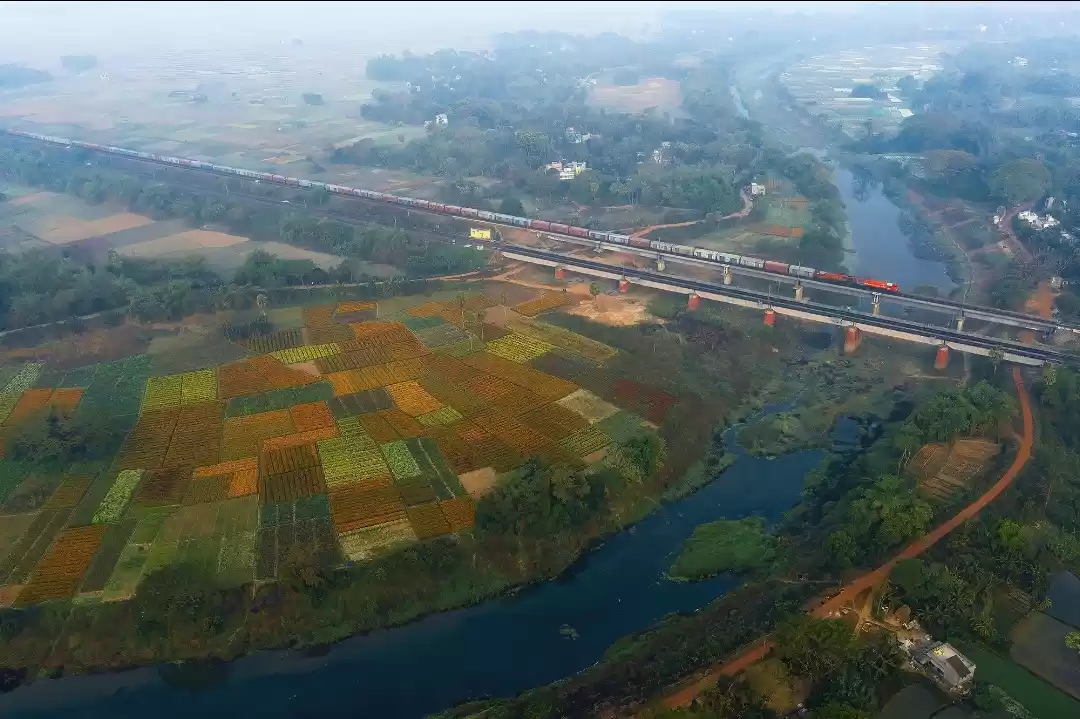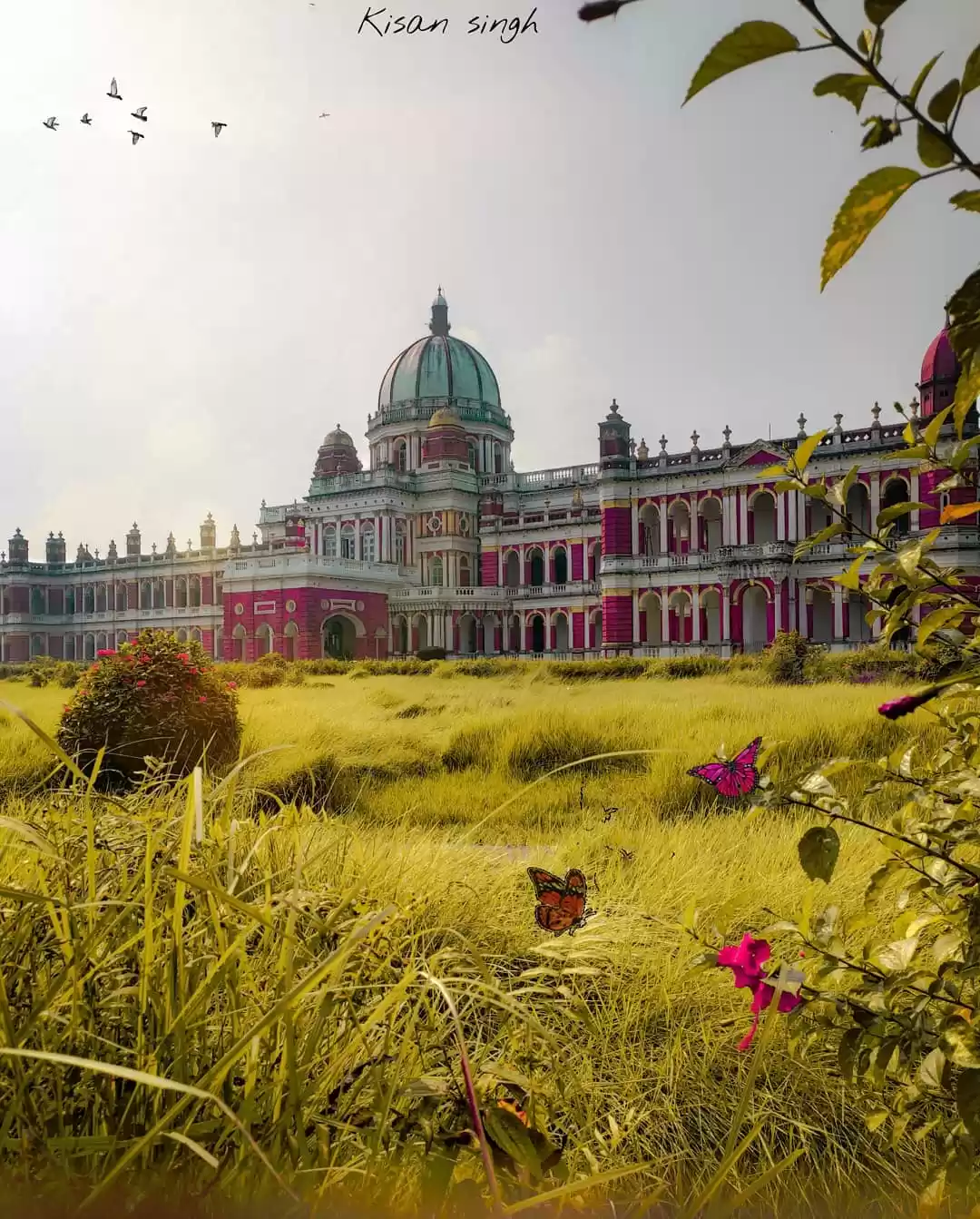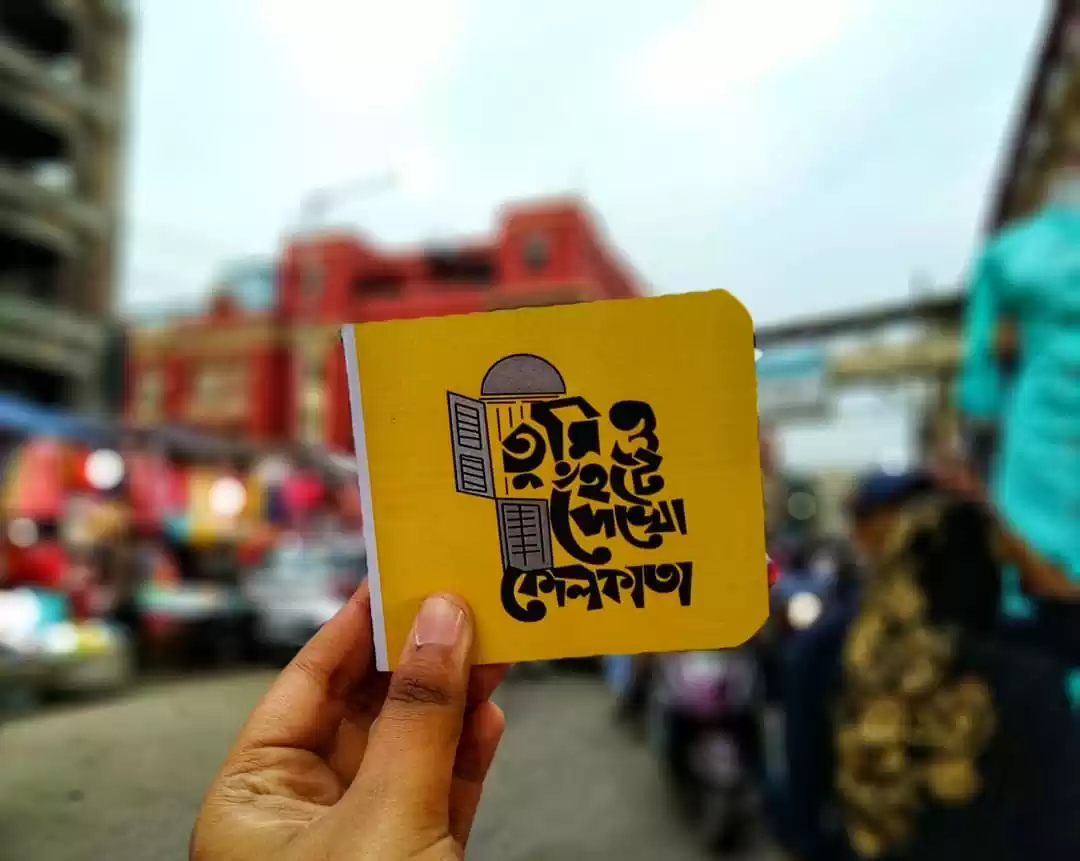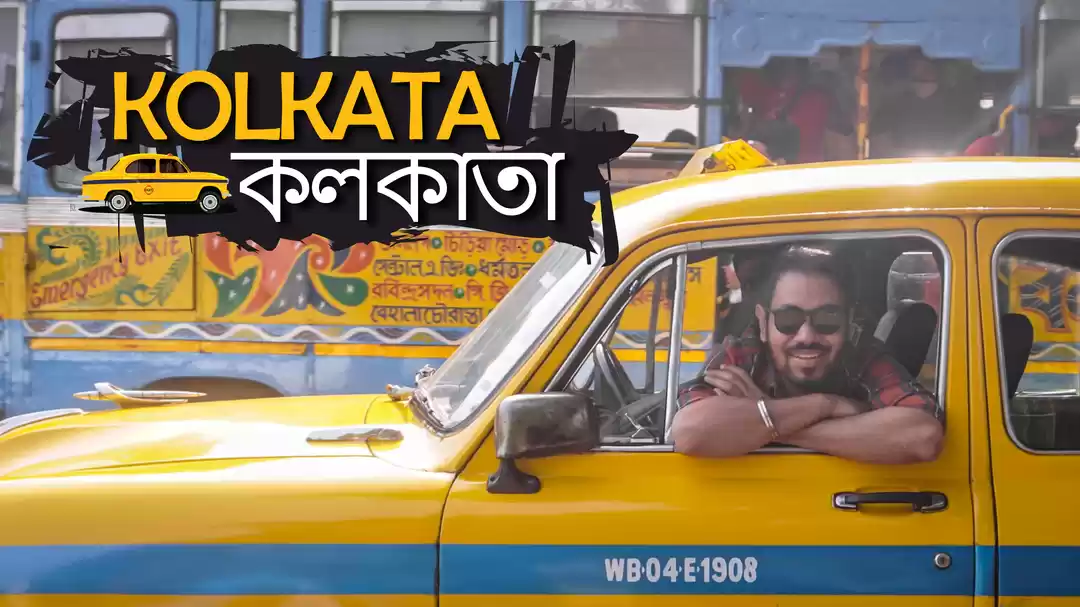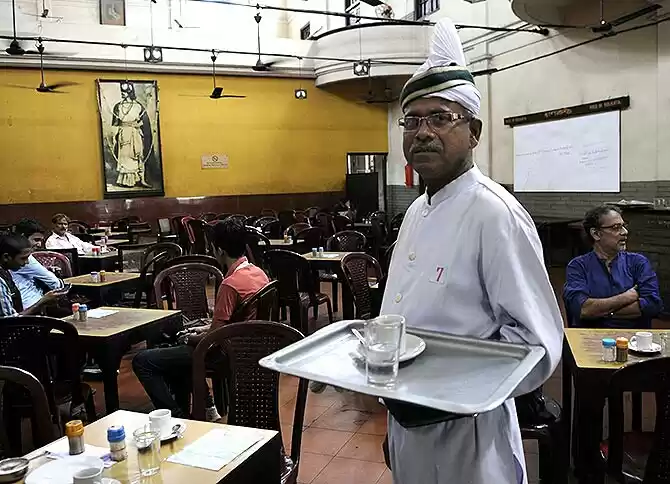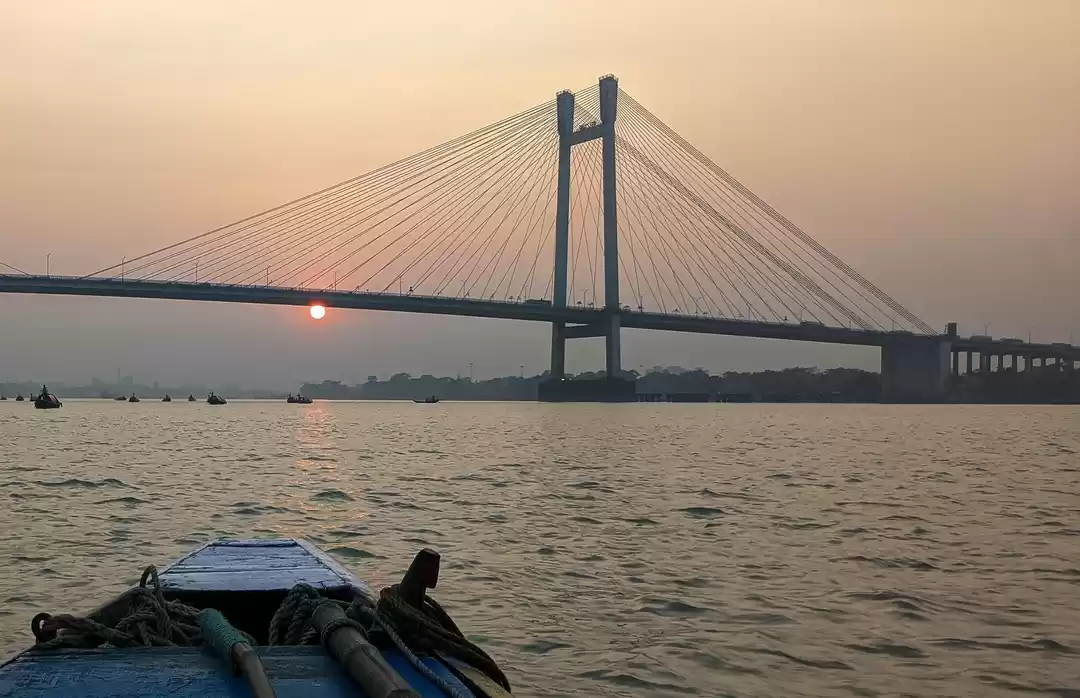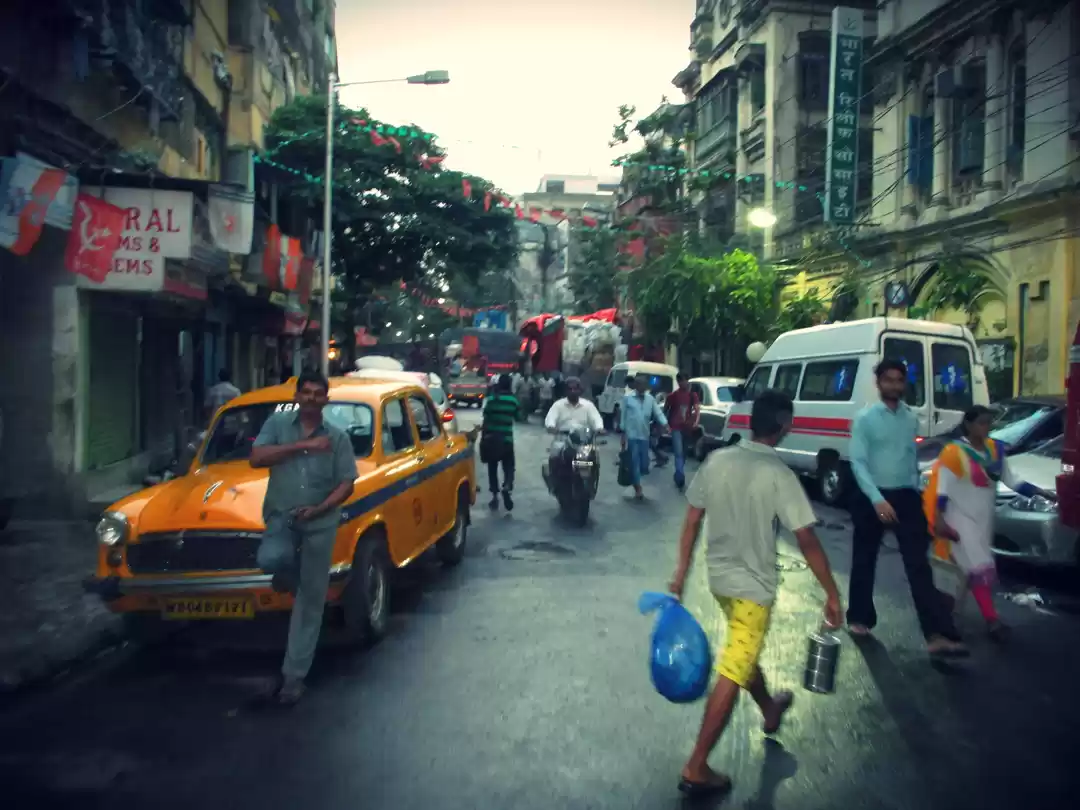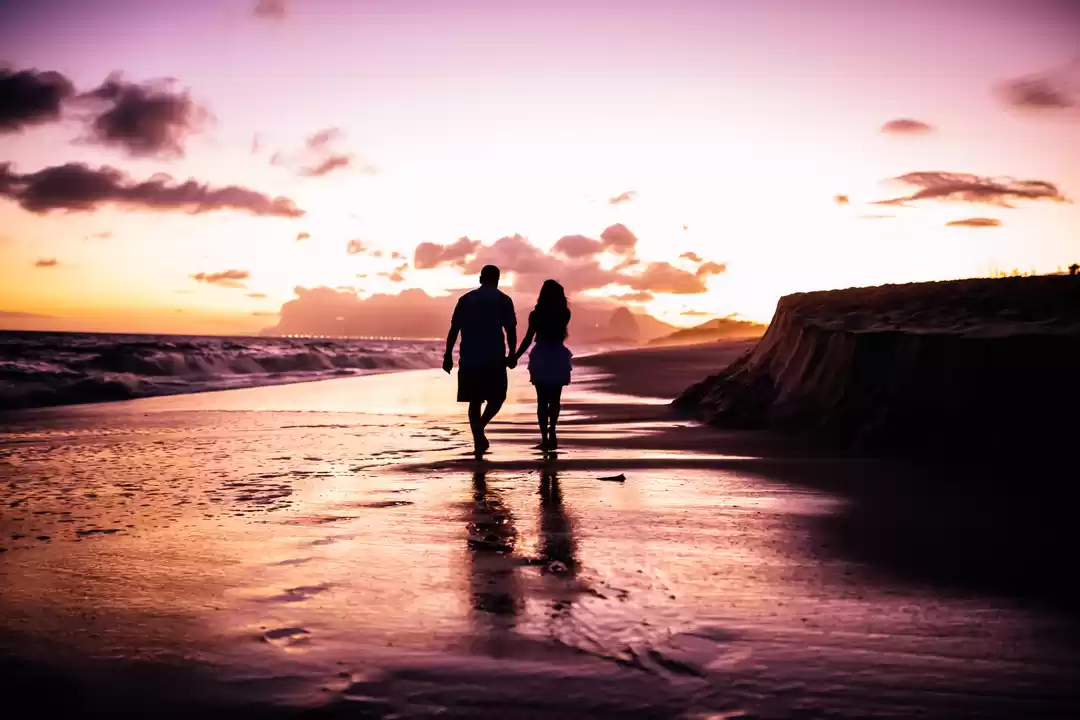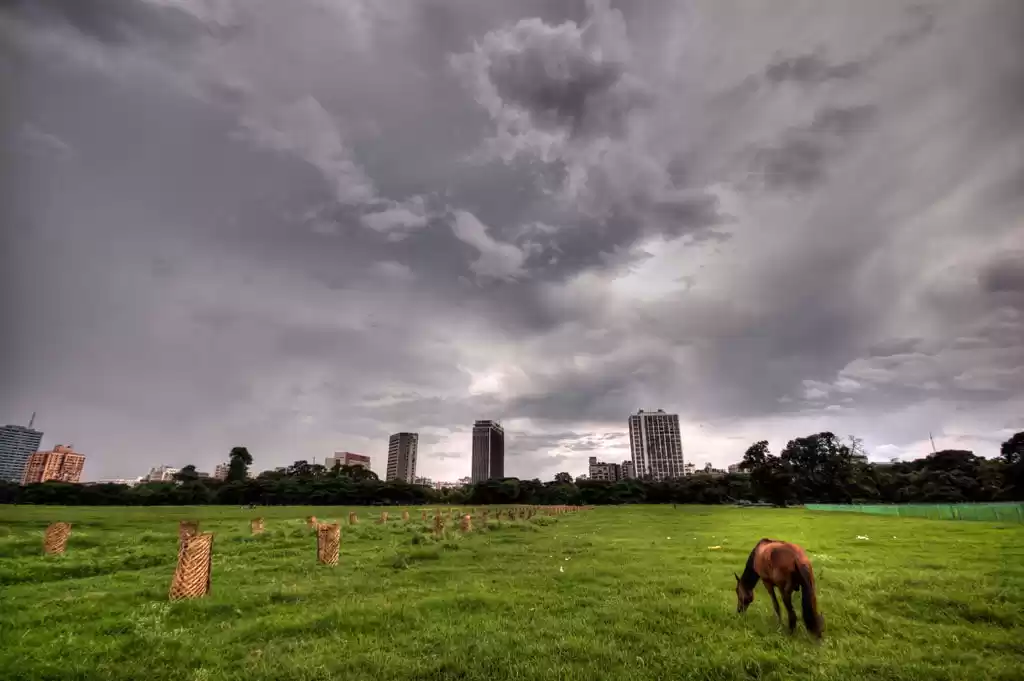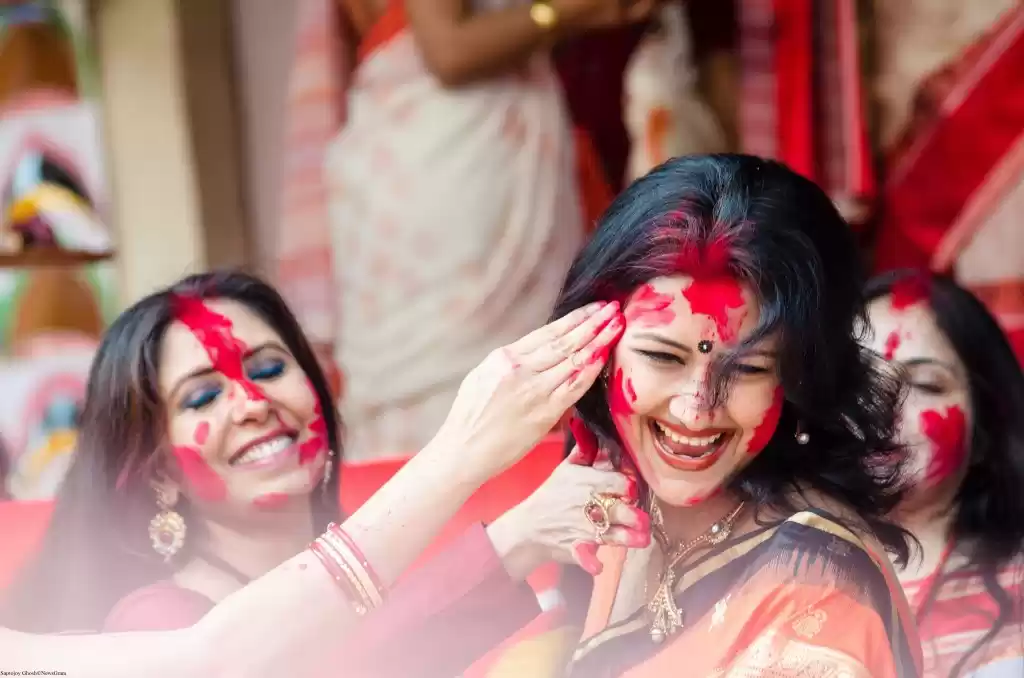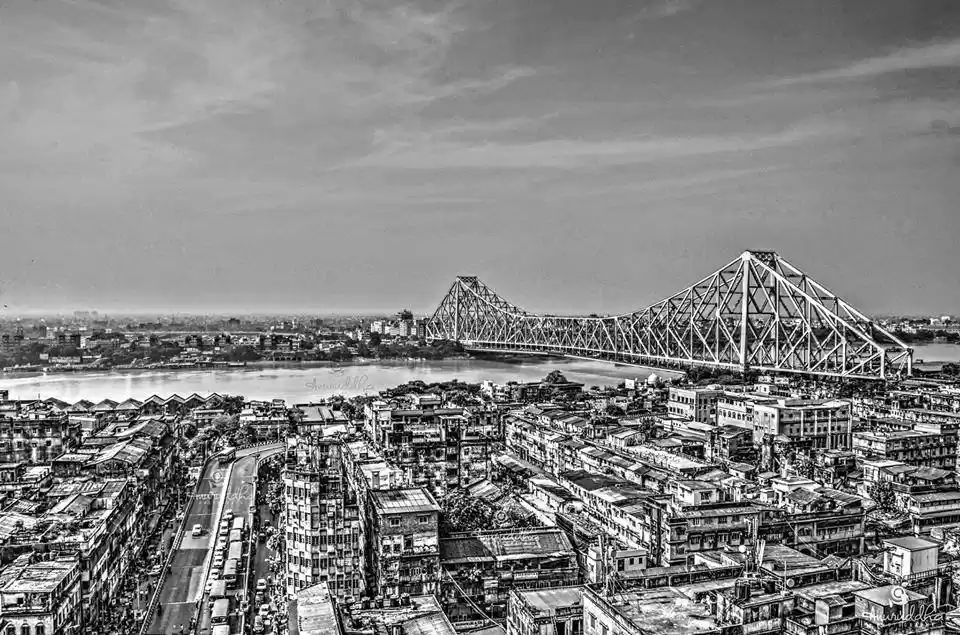Calcutta, or Kolkata, is a kaleidoscopic melting pot of cultures and ethnicities. There's quite possibly no festival that the city doesn't celebrate with glorious hoopla. Each month sees small pandals (marquees) popping up at every corner of the street and come October, to welcome the mighty goddess with the lithe, lissome eyes, Durga Puja brings with it throngs of buxom women enwrapped in silk sarees and red, round bindis, undeterred by the ever-present rains. With frenzied festivities lasting all year, there's hardly any chance that one can ever run out of places to engage in street photography in Kolkata.
Also holding a rich vehicular heritage ranging from the big yellow taxi that floods both parts of the city (Calcutta and Howrah) divided by the reticent Hoogly, to the hand-pulled rickshaws and rickety trams meandering the roads, every street you walk on, every house you pass is a frame waiting to be captured on lens.
The following are just a select few from the myriad of spots, streets and haunts in Calcutta that are waiting to be delved into and documented, guaranteed to transport you to a bygone era and envelop you in a time warp as you come across the narrow lanes and the colourful ramshackle houses scattered across them.
1. An art affair
Kumartuli is a traditional potter quarter, famed for its sculpted idols of gods and goddesses, demons, Victorian figurines, characters from local legends and popular historical figures. Especially in Banamali Sarkar St, the lane running west from Rabindra Sarani, one can sit inside the artisan's workshop and watch them create straw frames, add clay coatings, and then finally paint the exquisite features on the effigies, for a nominal charge. The craftsmen are busiest from August to October, during the Durga Puja season.
2. Walk in the footsteps of the British Raj
Dalhousie Square was named in honour of Lord Dalhousie, governor-general in 1856. Ninety years later, it was officially renamed to Benoy-Badal-Dinesh Bagh (BBD Bagh) after three militant freedom fighters. Situated right in the heart of Old Calcutta, it's an oasis of over two square kilometres. The plaza is surrounded by a legion of historic architectural buildings, some of which are British Raj’s earlier, and more grandiose structures.
Start From: A short walk away from the MG Road Metro Station, reach the 19th century Lalit Great Eastern Hotel, and start walking east.
Founded in 1770, this is the oldest Protestant church in the city, built by Swedish Lutheran missionary Johann Zachariah Kiernander. The long colonnaded corridor of the church, supported by lofty Doric pillars can easily be spotted from a distance.
This church was once an office to Warren Hastings, India’s first British governor-general. With a neoclassical architectural style, the stone-spired church is ringed by columns. The grounds also house the mausoleum of Job Charnock (founder of British Calcutta).
This 84,000 sq. ft. official residence to the governor of West Bengal, was once home to the then viceroy of India, Lord Curzon. This building too, follows a neoclassical style with prominent baroque overtones.
Lal Dighi, (red pond, in Bengali), a body of water that reflects the buildings above, is nestled inside the plaza. Legend has it that during the siege of Calcutta in 1756, the waters of the tank turned red from blood. The more logical explanation being that the body of water reflects the red-bricked buildings above.
The General Post Office, with Corinthian pillars and a huge dome, is an opulent building that is currently the head office of the postal service.
This building, resembling a French provincial city hall, originally served as the office quarters to the clerks of the East India Company, and is now the secretariat building of the state government of West Bengal.
This church, also known as the Kirk, is the only Scottish church in Kolkata. This Grecian building is surrounded by an elegant atrium with Doric pillars on the north and south.
The old Currency Building, is a three-storied structure, with a heavy Italian influence. Venetian windows, brick arches, towering wrought iron gates and floors laden with marble and sandstone, this building is a sheer delight to photograph.
3. Take a lesson in history
This place is a street photographer's daydream. Shops selling itar (perfume oil) and hakeemi medicine (herbal medicines), ancient eateries and timeworn saree showrooms are scattered all over Rabindra Sarani. Also known as Chitpur in its earlier days, it was home to several palatial residences of wealthy Bengali babus (merchants). The cacophony of rickshaws, trams, autos and cars bustling amidst the crowds of people and dilapidated shops, is ever present. Inhabited by Muslims and Hindus both, the diverse cultural quirks are reflected in this street of Kolkata and hence, is perfect for street photography.
Start From: Start your walk from the Marble Palace, which can be reached either by a walk from the Girish Park or the MG Road Metro Station.
This 19th century mansion was built by Raja Rajendra Mullick, a Bengali merchant who was also an art enthusiast. Neoclassical in style, the house has traditional Bengali open courtyards, adjacent to which is a thakur-dalan (temple) for family members of the current owner. It's now known as the Jagannath temple. The structure has sloping roofs, inspired by Chinese pavilions, balconies with fretwork and classical Corinthian pillars. Apart from a varied collection of Victorian sculpture and art by various European and Indian artists, the corridors are also home to a few pelicans and hornbills among other birds.
Mechua Bazaar is a vibrant wholesale fruit market, where every morning baskets of fruit are brought in by trucks and sold to vendors. This is one of the top photography places in Kolkata.
Nakhoda Masjid, was sought to be a replica of the Agra mausoleum of Mughal emperor Akbar. The magnificent mosque has three domes, over 20 minarets and a gateway that is an imitation of the Buland Darwaza at Fatehpur Sikri.
Salehjee Musafirkhana, with 70-80 rooms and large halls is a community guesthouse built in the 1800s.
Jorasankho Thakurbari, Rabindranath Tagore's childhood home is a sight to behold. Currently serving as a museum, the house displays everything from Tagore's initial manuscripts, to the kurtas he wore or the table he sat at when he would write.
4. Riverside reflections
This architectural icon is one of the first images that come to mind, when one mentions Kolkata. A street photography hub, the 705m-long cantilever bridge across the Hoogly river is a spectacle of sorts, carrying approximately 1 lakh vehicles everyday, with nearly 2 million people frequenting the platforms of the Romanesque Howrah Station. Joining the daily commuters, tea vendors and railways porters, one can explore the following spots by clambering aboard a local ferry, or on foot.
Start From: Start the walk from Akashbani Bhawan (the All India Radio building).
On the Calcutta end of the bridge, lies the city's biggest, most prismatic wholesale flower market. One of the most thriving businesses of the city, you'll notice certain quirks when you talk to the vendors, such as, a specific combination of flowers being used for worshiping a specific goddess.
This hall was built in the 1800s in a Roman Doric style. Interestingly, the money needed to build the hall was raised from a lottery to provide Europeans with a place to hold social events. The hall now encloses in it a museum and a library comprising of over 12,000 books and journals.
This is one of the three high courts in India, and also the oldest. Constructed in the 1800s, the court was built in a neo-Gothic design, loosely influenced by the Cloth Hall in Belgium.
Babu Ghat is the second oldest riverside embankment in the city, on Strand Road, the Calcutta side. Built by the British, it has a Doric-Greek style pavilion with huge pillars scaffolding it. The colonial structure today, is populated mostly by priests and vendors, and the daily crowds who frequent the ghat, engaging in a variety of activities ranging from religious ceremonies to massages.
5. A cultural concoction
Home to a motley of cultures and ethnicities that colour the city with a multihued atmosphere, these streets in Kolkata are the places to be at for photography. You and your camera will now walk past the homes of the Parsis and the Armenians, stop for a Chinese breakfast, and celebrate Christmas with the Anglo-Indians.
Start From: A 2-min walk from the Central Avenue or the Chandni Chowk Metro Stations. Reach the Indian Airlines office in Central Avenue, and start walking south.
Bow Barracks is essentially a narrow lane fringed by six blocks of red-bricked three-storey buildings, with bright green windows peopled by approximately 132 families of which 80% are Anglo-Indians. One of the most chromatic places to do photography in Kolkata, multiple photowalks have been held here. The residential colony originally served as a garrison's mess, built for the army during the first world war. Now it renders itself as a sanctum for all candid photographers, wherein there's an endless scope to cinematise the characterful lane, starting from the odd octogenarian basking in the midday sun to the scrawny children engrossed in a game of street hockey.
Sun Yat Sen Street, one of most picturesque places for photography in Kolkata, is home to the dwindling Chinese community, and is lined with migrant shoemaker establishments and a few mahjong clubs. The street is known for its 5am Chinese breakfast. Tiretta Bazaar or the Old Chinatown of Kolkata, and its plethora of baos, dumplings, sauces and soups, is a haven for all budding food photographers.
The edifice of Nakhoda Masjid towers over the gastronomical paradise that is Zakaria street. This street is the one-stop place to be in for photography in Kolkata. Shops selling kilos of sewai (vermicelli) everyday and bakeries boasting of the famous bakarkhani bread (fried flattened bread with sesame seeds) and rogni roti (sweet breads with sprinklings of dry fruits), flood the street that is aural, visual and olfactory riot.
Know of some other picturesque points in the City of Joy? Share them with fellow photographers and wanderers, on Tripoto.
Frequent searches leading to this page:-
photography places in kolkata, places in kolkata for photography, kolkata street photography, best places for photography in kolkata, photography spots in kolkata

